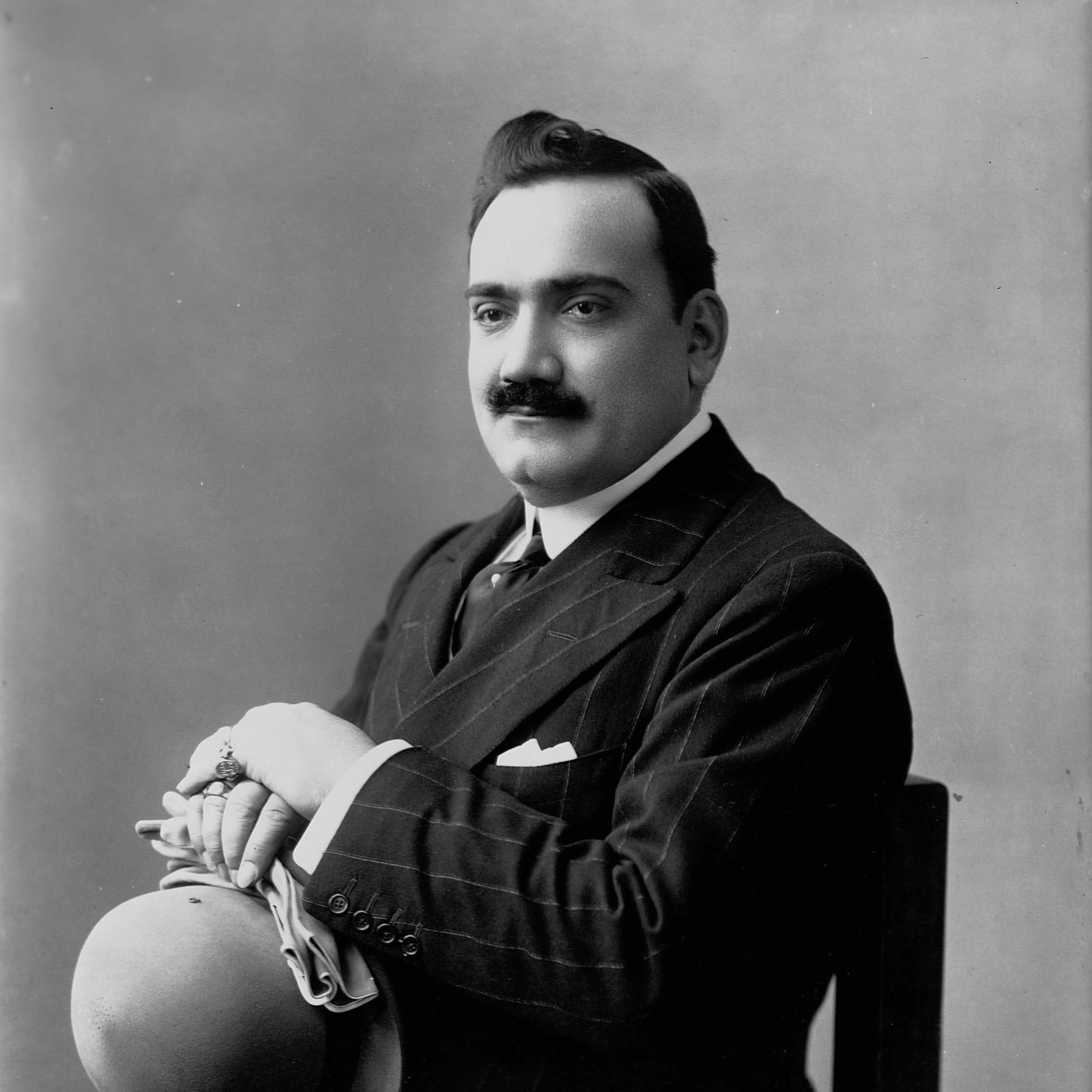Introduction to Vesti la giubba
"Vesti la giubba" is a poignant aria performed by the legendary tenor Enrico Caruso in the early 1900s. This track, originating from Ruggero Leoncavallo's opera "Pagliacci," captures the intense emotional turmoil of its character, Canio, a clown who must perform despite his personal heartbreak. Caruso's rendition is celebrated for its powerful vocal delivery and emotional depth, marking a significant moment in the history of recorded music.
Decade and Cultural Context
Recorded in the 1900s, during a time when ragtime pioneers and vaudeville ballads were shaping the musical landscape, "Vesti la giubba" stands out as a testament to the operatic tradition. This era was marked by early acoustic recordings, with music distributed on cylinder and disc formats, predating the widespread use of radio. Caruso's recording played a pivotal role in popularizing opera and bringing it into homes around the world.
Production and Sound
The recording of "Vesti la giubba" showcases the limitations and charm of early acoustic technology. Caruso's voice was captured with remarkable clarity given the era, using a horn to funnel sound into a recording device. The absence of orchestral accompaniment in this version emphasizes Caruso's vocal prowess and the raw emotion conveyed through his performance.
Modern Legacy
The enduring appeal of "Vesti la giubba" is evident in its continued presence in popular culture. Notably, Luciano Pavarotti's rendition brought renewed attention to the piece, highlighting its timeless emotional resonance. The track's exploration of the dichotomy between public performance and private despair remains relevant, resonating with audiences over a century later.

Comments (0)